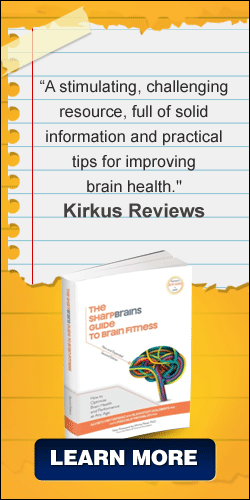Study: Brain scans may predict depression risk better than clinical rating scales, paving the way for earlier preventive treatments
 Brain Scans Could Identify Kids at Risk of Depression (Smithsonian):
Brain Scans Could Identify Kids at Risk of Depression (Smithsonian):
“One of the most frightening aspects of depression is the fact that, once someone suffers a depressive episode, they’re very likely to have another. And depression itself often brings other ills, from substance abuse to heart disease…A new study from MIT and Harvard, published in the journal Biological Psychiatry, suggests that children with a high risk of depression have brain changes that can be identified on MRI scans.
A high percentage of the at-risk children had distinctive connections between certain parts of their brains when compared with a control group of children with no family history of depression.
Previous studies had shown similar patterns in the brains of depressed adults. But researchers hadn’t known whether these abnormalities were a cause of depression or an effect. This new research—on children who were at risk of depression but had not become ill yet themselves—suggests they may be a cause, an underlying issue with brain architecture or wiring.
The team plans to follow the at-risk children to see who actually develops depression, which will help make the screening more accurate. They’re also planning a study to see if preventative treatments might help at-risk children avoid depression in adolescence or young adulthood. These treatments might include cognitive behavioral therapy, which helps people redirect their thoughts down more positive paths, or mindfulness, which trains the brain to slow down and focus on the present.”
Study: Altered Intrinsic Functional Brain Architecture in Children at Familial Risk of Major Depression (Biological Psychiatry)
- Background: Neuroimaging studies of patients with major depression have revealed abnormal intrinsic functional connectivity measured during the resting state in multiple distributed networks. However, it is unclear whether these findings reflect the state of major depression or reflect trait neurobiological underpinnings of risk for major depression.
- Results: At-risk children exhibited hyperconnectivity between the default mode network and subgenual anterior cingulate cortex/orbital frontal cortex, and the magnitude of connectivity positively correlated with individual symptom scores. At-risk children also exhibited 1) hypoconnectivity within the cognitive control network, which also lacked the typical anticorrelation with the default mode network; 2) hypoconnectivity between left dorsolateral prefrontal cortex and subgenual anterior cingulate cortex; and 3) hyperconnectivity between the right amygdala and right inferior frontal gyrus, a key region for top-down modulation of emotion. Classification between at-risk children and control subjects based on resting-state connectivity yielded high accuracy with high sensitivity and specificity that was superior to clinical rating scales. (Note: Highlighted by editor)
- Conclusions: Children at familial risk for depression exhibited atypical functional connectivity in the default mode, cognitive control, and affective networks. Such task-independent functional brain measures of risk for depression in children could be used to promote early intervention to reduce the likelihood of developing depression.
To learn more:


